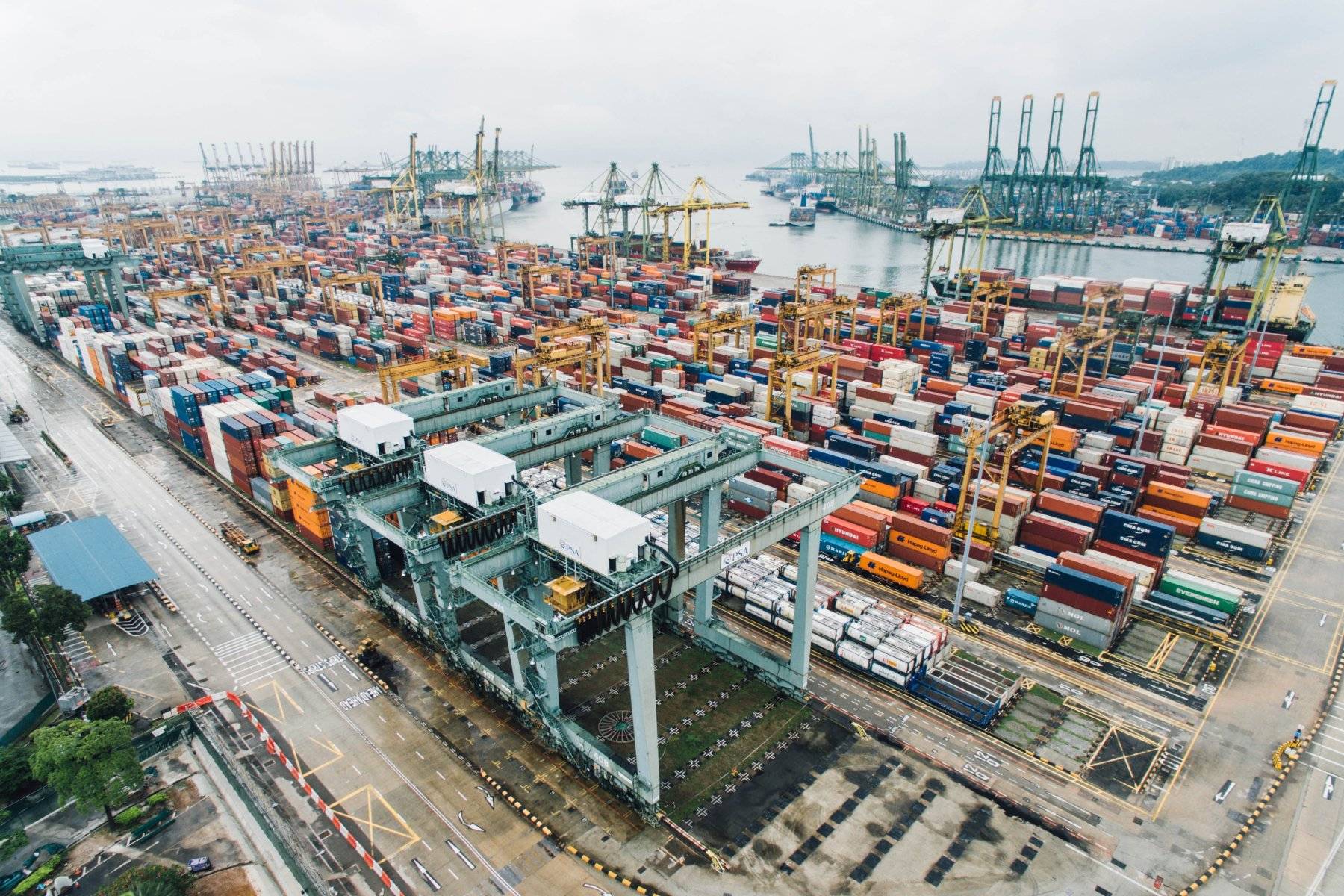In late spring and early summer, there is a boom in maritime transportation due to the work of farmers around the world. However, the long summer vacation period soon follows, causing a number of difficulties. Freight rates change, carriers raise prices for their services, and other processes adjust the conditions of cargo transportation after the rush in maritime logistics.
How to save money and time in a fast-changing period for sea transportation?
What does sea freight consist of for a supplier?
Firstly, let's understand how the freight rate is formed.
As an order, you need to calculate sea freight using a simple formula:
- direct costs for the delivery of a container with cargo (or groupage cargo by ship). In fact, it depends on the type and size of the container.
- THC – the cost of unloading and loading your cargo at the port.
The sum of these two items makes up the basic rate. But freight also has additional surcharges. These are potential payments that are not mandatory but are available under certain transportation conditions:
- DOCS – you pay DOCS if additional documentation is issued to you at the port
- BUC – emergency surcharge in case of fuel price increase
- CAF – is a surcharge to the rate in case of need to compensate for losses in case of currency fluctuations
Is there a tendency for the cost of sea freight to fluctuate?
The trend has always been dependent on the dollar. This trend applies to both the cost of the freight rate and additional transportation rates or port space rentals. In fact, there are also periods, as was the case in January 2019 and January 2020, when sea freight prices remained almost unchanged. And we have seen how successfully carriers have proven their ability to protect and increase tariffs during COVID-19.
Why is GRI being implemented?
A shocking recent example was the supplier Hapag-Lloyd's sudden jump in freight rates: a $1,000 per 40ft increase on shipments from Asia to the US on May 1 made the news. It remains to be seen, however, whether Hapag-Lloyd or its peers will look to announce similar GRIs on other routes, including the key Asia-North Europe tradelane.
The rush season causes congestion, downtime, and, consequently, many dissatisfied logistics campaign participants.
So, the company's decision on GRI was made to prevent related problems. In addition, the company plans to cancel about 50 flights from Asia to the East and West Coasts of the United States.
Hence, the introduction of GRI is an attempt to establish stable pricing in weak market conditions.
Trends in rate increases in 2023
The environmental issue
Back in 2020, the International Maritime Organization (IMO) issued a resolution to help reduce marine pollution. The resolution was to apply special standards for ships using fuel oil, i.e., to limit sulfur emissions into the atmosphere. The importance of the resolution lies in the expected large-scale changes in the shipping and oil industries, as the reduction from 3.5% sulfur in marine fuel to 0.5% is now a benchmark for maritime logistics actors.
Therefore, the IMO 2023 introduces mandatory carbon emission reductions.

High expenses: What affects freight rates?
Fuel with a low percentage of sulfur can be about $200 per ton more expensive than fuel with a high percentage of sulfur. It is easy to deny the impact of this on the entire shipping industry.
In the spring of 2023, this trend will continue, as the dollar's appreciation makes shipping companies' costs go up if they follow the IMO 2023 requirements. Now a conventional container for $1700 can cost $3000.
Thus, these factors are the reason companies' costs are increasing, and freight rates are rising in 2023:
- optimization of operations
- modernization of vessels using energy-saving technologies
- transition to low-carbon fuel
Impact of GRI on China-US Trade
We would like to bring your attention to the significant implications of the General Rate Increase (GRI) on trade between China and America. This increase will cause major disruption in the supply chain for both countries.
The GRI will cause a substantial cost increase for shippers. This could result in a decrease in exports from China to America and vice versa as businesses are forced to pay more for freight services. In addition, it can also lead to longer lead times due to limited capacity on carriers and vessels.
Our team is here to help you assess the impact of this increase and provide you with solutions that can optimize your supply chain operations.
What are the ways to save costs?
There are several effective ways to save time and money during the execution and planning of logistics processes:
- How to accurately calculate freight rates? The Logistics Explorer tool will display the most affordable shipping rates on the market for all cargo dimensions and additional services, such as customs clearance, insurance, etc. The tool enables you to quickly calculate and plan the optimal sea, land, and air delivery.

- How can extra money be saved on demurrage fees in the port? As we have discovered, freight already incurs additional costs; therefore, the Tracking System tool will assist you in avoiding demurrage and storage fees. You are aware of the precise arrival time of your vessel and can avoid fees charged by the shipping line for demurrage, detention, and terminal storage. One service will enable you to plan your supply chain.

Summarizing
With knowledge of commercial changes and their causes, it is possible to plan transportation. In addition, you can benefit from the knowledge of maritime logistics specialists and quick cost-cutting solutions.
Please contact us at logistics@searates.com for assistance with your logistics needs.

